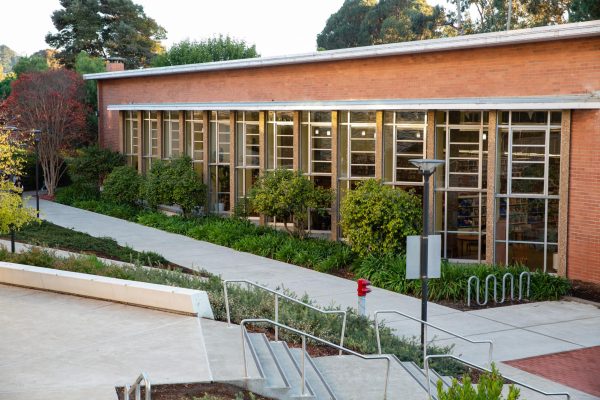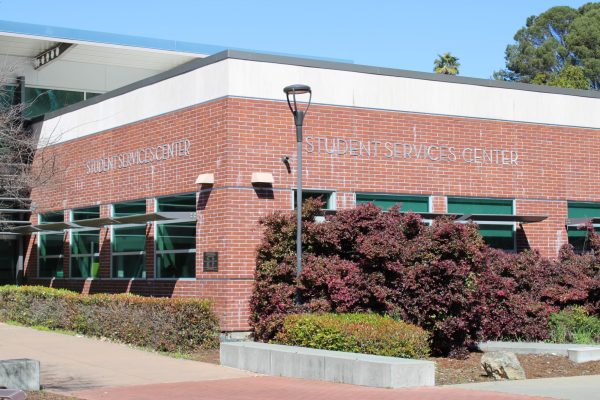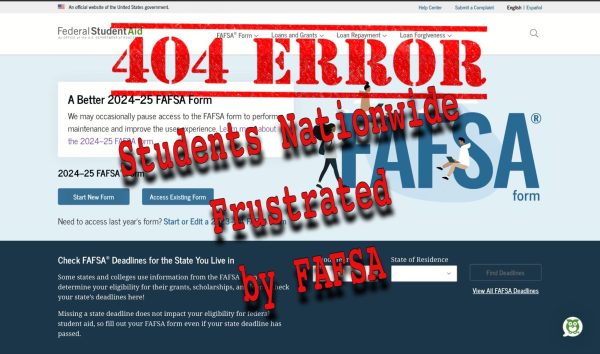Career technical education sees boost
State allots funding to develop workforce
March 14, 2017
The California Community College Chancellor’s Office (CCCCO) is incentivizing workforce boards to provide better support and more workforce opportunities for students in Career Technical Education programs through the “Strong Workforce” program.
The funding for the Strong Workforce program was created with the passing of Assembly Bill 1602, signed into effect by Gov. Jerry Brown in 2016.
The bill appropriated an annual investment of $200 million to boost the number of skilled workers produced by community colleges statewide.
CTE programs offer courses that help alleviate the lack of skilled workers in certain fast growing job sectors like construction, energy, health services and information technology.
California Workforce Development Board Executive Director Tim Rainey said community colleges and workforce boards are endowed with their own “strong and particular expertise” used to serve the community.”
“With the two working together, they complement each other’s strengths and fill each other’s gaps.”
The Assembly bill’s goal is to create one million more middle-skill workers over 10 years by encouraging community colleges, like Contra Costa College, to create partnerships with local workforce development boards.
CCC currently offers 24 degrees and 56 certificates across 18 CTE program areas.
The list includes an array of high demand jobs in fields like business administration, computer and communications technology, early childhood education, nursing and emergency medical services.
According to the powerpoint on CCCCO’s website, the Strong Workforce program is designed to focus on data-driven outcomes in seven core areas. These areas include student success, curriculum, career pathways, CTE faculty, workforce data and outcomes and regional coordination and funding.
The “Strong Workforce” program aims to also establish new certificate programs and associate degrees while providing quality training and new career pathways to gainful employment.
CCC’s Director of Economic Workforce Development Kelly Schelin said with a strong workforce program, students who graduate from CTE programs will see an increase in employment opportunities and support under the recently passed bill.
“It is easier to get hired by partnered businesses in the regional community,” Schelin said. “The bill is a way of emphasizing partnerships between community colleges and workforce boards to maximize educational and employment opportunities for students.”
She said CTE programs offer both certificate of achievements and associate degrees in which these “stackable” certificates and degrees can be earned then utilized to enter the workforce.
Students could then come back to school and build upon these certificates and degrees furthering their education while working.
According to the bill, community colleges districts are expected to use funds to increase the quantity of CTE courses while improving the quality of its curricula to meet state standards.
Workforce development boards and business employers in the consortium are expected to work with colleges to outline a specific curriculum that fit the needs of employers in certain fields, as well as supply a livable wage of employment for students upon graduating from a CTE program.
CCCCO Deputy Chancellor Erik Skinner said, “This budget invests $200 million to improve and streamline workforce training throughout our system, which will yield tremendous benefits for students and employers.”
According to the CCCCO’s website, the ongoing funding is structured for 60 percent of funds to be allotted to community college districts to invest in CTE on their campuses, while the remaining 40 percent goes to regional consortia in which colleges and employers can work together to help identify strategies to address unique needs in their region’s economy.
Being comprised of 72 districts and 113 colleges serving 2.1 million students a year, the community colleges of California are the largest system of higher education in the nation according to the Chancellor’s Office.
Schelin said California residents are a logical market that will benefit from a program like “Strong Workforce” and help lift low-wage workers and impoverished students into higher paying jobs.
Along with creating programs to ensure that California students are provided with the best workforce strategy possible, California voters also approved Assembly Bill 1892.
This bill grants more financial aid funding for CTE students, making completion more attainable for financially burdened students.
The Pew Charitable Trusts, an independent nonprofit organization, is known for lobbying for public policy in areas like health and human services.
According to the Pew Charitable Trust, only 39 percent of California’s residents starting in the bottom half of the nation’s earning average move up 10 or more percentiles in economic status over 10 years.











